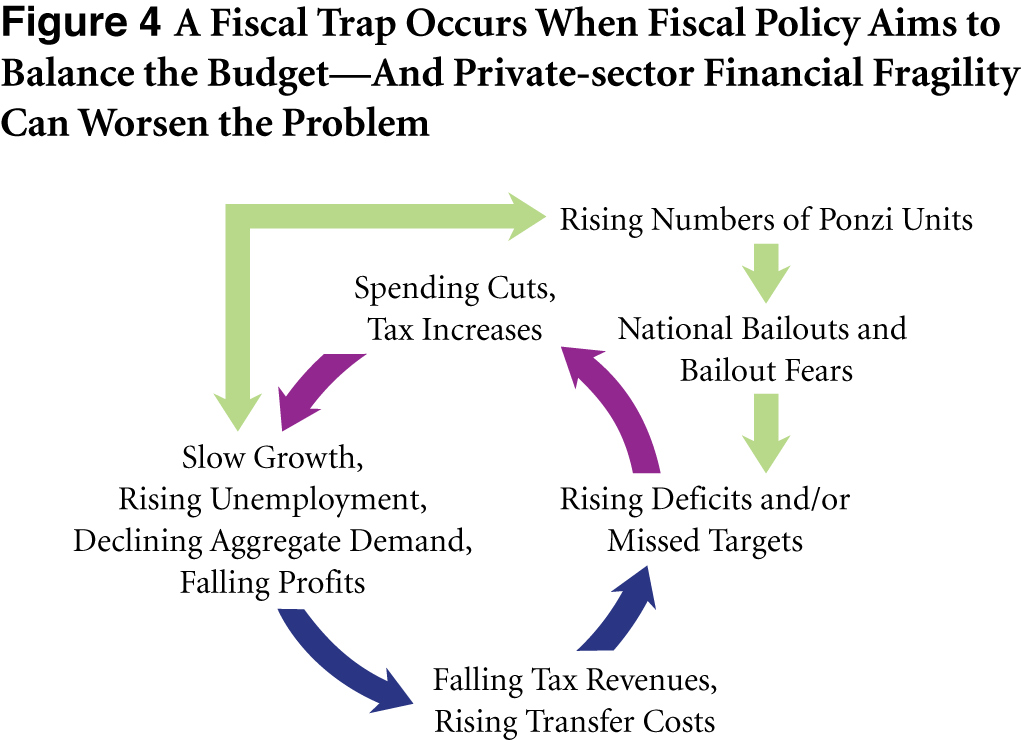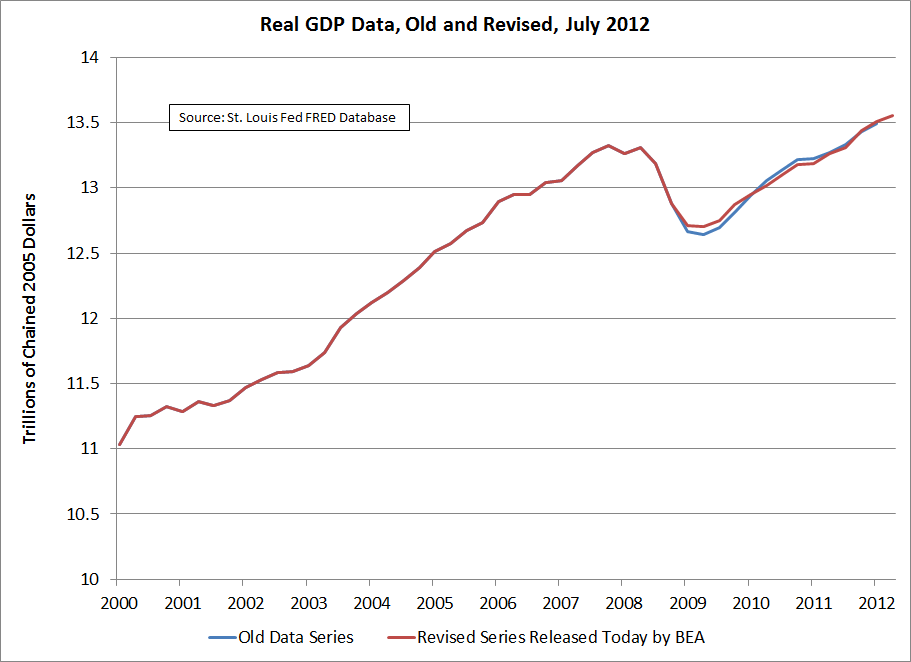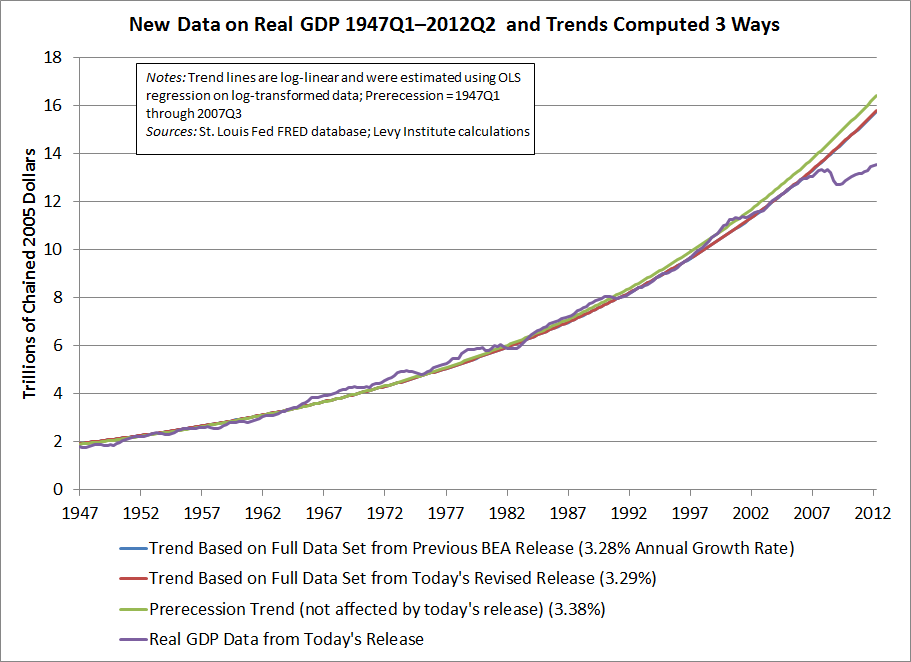(Updated)
by Rania Antonopoulos and Michael Stephens
Poverty is often measured by the ability to gain access to some level of minimum income, based on the premise that such access ensures the fulfillment of basic material needs. But this approach neglects to take into account the necessary (unpaid) household production requirements without which basic needs cannot be fulfilled. In fact, because the two are interdependent, evaluations of living standards ought to consider both dimensions; otherwise, the poverty numbers produced by statistical agencies and used by policy makers are flatly wrong.
Consider, for instance, two identical households of two adults and two children whose annual household incomes are also identical. In the first household, while the mother or father works and brings in all the income, the other spouse is a stay-at-home parent that raises the children. In the second household, both adults are employed and, as it turns out, they work long hours because their hourly wages are relatively low. Nonetheless, they pull in the same income as the first household (with only one adult working). Income-wise, the two households are identical. What differentiates them is “time”: the first household has an adult with ample amounts of time to devote to cooking, maintenance work, raising the children, etc. The second household does not: it faces a time deficit in that there are not enough hours in the day to work for pay, commute, do the shopping, and then clean, cook, supervise the kids, iron the clothes, etc. This household must either buy the “missing” but essential goods and services or learn to do without. Some households facing time deficits earn sufficient income that allows them to hire a nanny or send the kids to a childcare center; to pay for a domestic worker who can clean the house and prepare home-cooked meals, etc. But others cannot. Simply put, they do not earn enough to afford market substitutes. The second household, as compared to the first one, suffers from material deprivations that are invisible, and hence their poverty, real as it may be, remains hidden from the policy radar.
With the support of the United Nations Development Programme, Ajit Zacharias, Rania Antonopoulos, and Thomas Masterson have developed an analytical and empirical framework that includes unpaid household production work in the very conceptualization and calculations of poverty: the Levy Institute Measure of Time and Income Poverty (LIMTIP). Based on this new analytical framework, empirical estimates of poverty are presented and compared with those calculated according to the official income poverty lines for Argentina, Chile, and Mexico. In addition, an employment-generating poverty-reduction policy is simulated in each country, and the results are assessed using the official and LIMTIP poverty lines.
Clearly, while employment is the key to escaping poverty for some households, for many others, according to our study, it is no answer at all. Due to low wages, even if time-deficits are not newly created, some households in our study end up joining the working poor. Perversely, for others, as low wages combine with household production time deficits, they end up trading one type of poverty (time) for another (income). Unless supplemented by a living wage policy, regulation or reduction of working hours, and interventions that reduce household production time requirements (childcare, eldercare, after school programs), the newly employed cannot but replicate pre-existing patterns of inequalities and deprivation.










 ShareThis
ShareThis